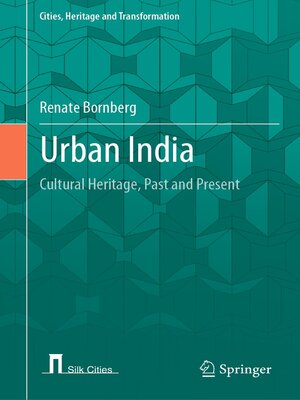Urban India
ebook ∣ Cultural Heritage, Past and Present · Cities, Heritage and Transformation
By Renate Bornberg

Sign up to save your library
With an OverDrive account, you can save your favorite libraries for at-a-glance information about availability. Find out more about OverDrive accounts.
Find this title in Libby, the library reading app by OverDrive.



Search for a digital library with this title
Title found at these libraries:
| Library Name | Distance |
|---|---|
| Loading... |
This book discusses the importance of socio-spatial patterns in cities that are embedded in the cultural heritage and self-understanding of a society, showing that Indian cities follow different urban concepts. In nine episodes (nine is a sacred figure), it highlights the principal influences and social impacts on cities from ancient times to contemporary city developments. As such, it provides planners and architects with insights that can easily be applied in contemporary cities and towns and help foster India's cultural heritage—a much-needed, but little-discussed approach.
Indian cities are the result of various factors, some imposed, others following local traditions that shaped them. They were founded around social needs, landscape conditions and production routines, as well as the religious influences of Hinduism, Buddhism, Jainism, Sikhism, Islam, Christianity and animism. However, Western town-planning models are often implemented, blurring the traditional way of life in cities. For sustainable town development, it is of key importance to find solutions that deal with Indian city models.
Indian cities are the result of various factors, some imposed, others following local traditions that shaped them. They were founded around social needs, landscape conditions and production routines, as well as the religious influences of Hinduism, Buddhism, Jainism, Sikhism, Islam, Christianity and animism. However, Western town-planning models are often implemented, blurring the traditional way of life in cities. For sustainable town development, it is of key importance to find solutions that deal with Indian city models.







